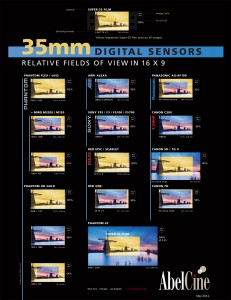The Bliss of Solitude, Revisited
In this place of solitude, there is no room for blame. There is no one to receive the pointy end of my finger, but me. As my days unfold into weeks, and weeks into the close of four months, two of which I have spent almost entirely alone, I recognize that the challenges of being me do not fully subside.
Instead, my anxieties, my fears, my resentment, contentment, and joy all remain completely present and accounted for. Not a day goes by that I do not experience a mixture of two or more of these.
Yes, alone, they are no longer murky, no longer confused by the complexity of relationship with another human being. I am alone, and in this aloneness, have come to experience all of me in perfect clarity.
I cannot help but consider the old man in the cave, the monk sworn to a monastic life, or the shipwrecked sailor who for years is stranded on what would otherwise be a paradise.
We simultaneously cherish and shutter at the thought of that path, that journey, knowing full well the challenge of working through your own internal, broken stuff is as difficult, perhaps more so, than learning to be with another. Or are they the same?
Perhaps. Perhaps not.
Only in publishing this did I rediscover an entry of the same title, on a similar subject, written a year prior. Interesting to revisit and compare my experience of solitude, a year later, both times after having lived at Buffalo Peak Ranch alone.

